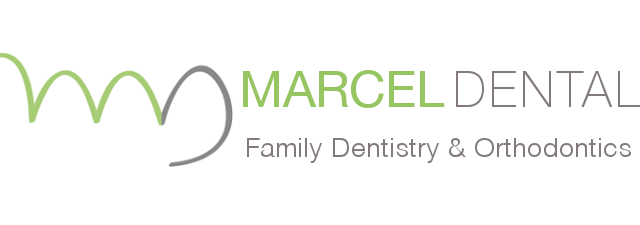These are the different degrees of impaction:
Soft Tissue Impactions
There is adequate jaw bone to allow the wisdom tooth to erupt, but not enough room to allow the gum tissue to be properly positioned and attached to the tooth. This causes tremendous problems because it is not possible to keep the area clean. Infection commonly occurs, resulting in swelling and pain.
Partial Bony Impactions
There is enough space to allow the wisdom tooth to partially erupt, but it cannot function in the chewing process. The tooth remains partially covered by bone and soft tissue. Once again, keeping the area clean is impossible and problems commonly develop.
Complete Bony Impactions
There is no space for the tooth to erupt. The tooth is completely covered by bone, or if it is partially exposed through the bone, it requires complex removal techniques.
Unusually Difficult Complete Bony Impactions
The impacted wisdom tooth is in an unusual and difficult position to remove.
If you do not have enough room in your mouth for your wisdom teeth to erupt into proper position they can cause a multitude of problems, such as:
Infection
Without enough room for total eruption, the gum tissue around the wisdom tooth can become irritated and inflamed, resulting in recurrent pain, swelling and problems with chewing and swallowing.
Damage to Adjacent Teeth
If there is inadequate room to clean around the wisdom tooth, the tooth directly in front of the wisdom tooth, the second molar, can be adversely affected resulting in gum disease (bone loss) or cavities (caries or decay).
Diseases
Non-infectious diseases also can arise in association with an impacted wisdom tooth. Cysts are fluid-filled “balloons” inside the jawbone which are associated with impacted wisdom teeth and slowly expand, destroying adjacent jawbone and occasionally adjacent teeth. Although rare, certain tumors can be associated with impacted teeth. Both of these conditions can be very difficult to treat.
Crowding
Although controversial, many feel that impacted wisdom teeth directly contribute to crowding, or shifting, of your teeth. This crowding is usually most noticeable in the lower front teeth. This is most commonly seen after a patient has had braces. There are most likely a number of factors that cause our teeth to shift and impacted wisdom teeth may play a contributory role. Although wisdom tooth removal cannot be recommended solely to avoid crowding, it can be recommended in order to absolutely eliminate any possible role in future crowding and other bite changes.
MarcelDental 2025 © | Powered By SOLVETECHEC
 Español
Español English
English
